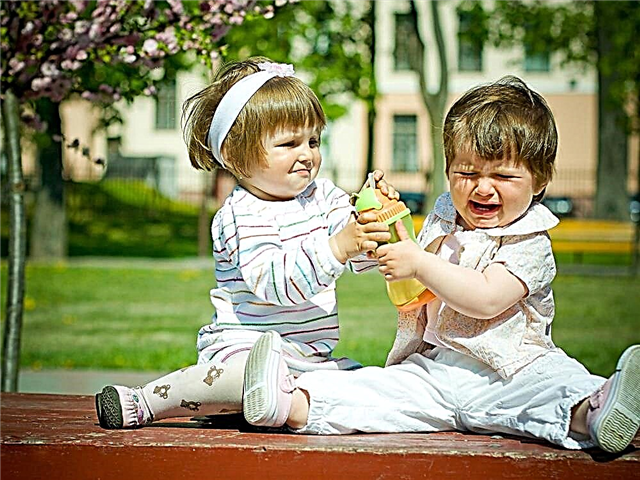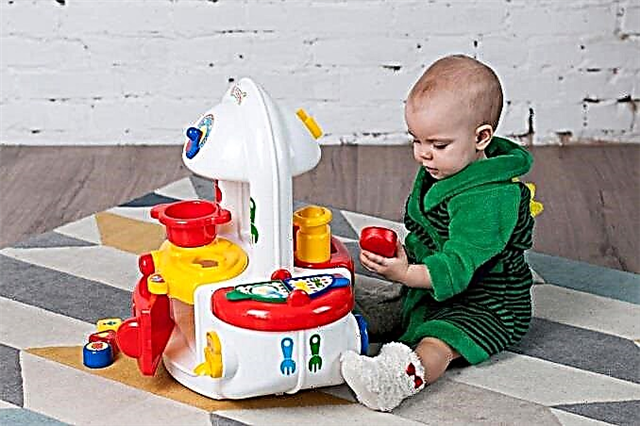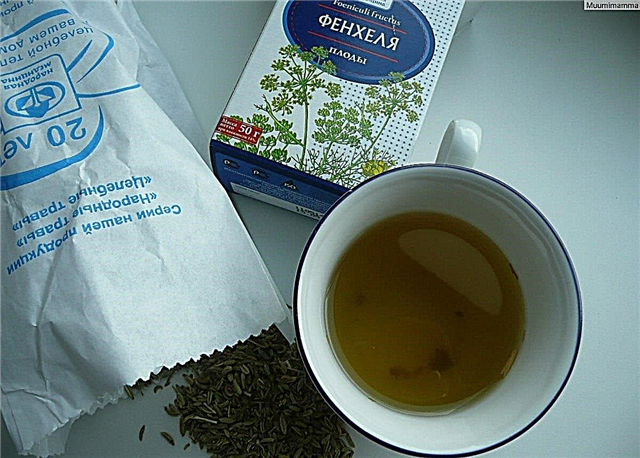The guys are happy to spend all their free time on the street, time flies unnoticed. Playful kids do not pay attention to frost and wind, often return home with frostbite.
Sledding, skiing or ice skating is a lot of fun, children are happy to try to learn new fun. But such sports require skill development and training. Often, babies overestimate their strength, accelerate, lose their balance and fall. Falling on ice is especially dangerous and painful.
Major winter hazards
In addition to bruises and abrasions, there are more serious troubles.
Head injury

Traumatic brain injuries are one of the most dangerous injuries requiring immediate treatment. The symptoms of traumatic brain injury include: dizziness, disorientation in space, headache. Possible short-term loss of consciousness, nausea and vomiting. Concussions and bruises of the brain may also occur.
Dreadful signs are: speech retardation, respiratory rhythm disturbance, behavior change, pupil asymmetry.
If you find these signs in your child, immediately consult a doctor for a detailed examination, to exclude intracranial hemorrhage.
How can I help my child?
The main task of parents with suspected traumatic brain injury is to deliver the child to the hospital as soon as possible. Even if the child does not complain, but you see a disturbance in his health, drowsiness, do not postpone the visit to the doctor.
Bruises, dislocations, sprains

These are the most frequent injuries in the winter, and trauma departments are overcrowded with patients with such diagnoses. One awkward movement, a bad landing on the ice - and injury occurs.
Contusion is the lightest of injuries, tissue damage is small, their structure is not significantly changed. The child complains of pain, but it is not intense and soon disappears. The movements in the limb are not changed, and the affected part of the body does not differ in appearance from the healthy one. A bruise may appear at the site of the injury.
Ligament sprain occurs most often in the ankle joint, the baby twists the leg when falling. Pain and swelling appear in the ankle, movements in the ankle joint are possible, but accompanied by pain. The child cannot stand on his feet.
Dislocations are often accompanied by winter fun, children injure the upper and lower extremities. Dislocation is characterized by acute pain and deformation in the area of the affected joint. The child is crying and cannot move the sore arm or leg. If a nerve is injured during a fall, then the sensitivity of the limb decreases.
Children under the age of 2 years often have subluxation in the elbow joint, "dislocation from extension". This happens on ice, when the baby has slipped, and the adult holds the child's hand tightly. With such an injury, you can hear a crunch, click, which indicates damage. The child cries loudly and holds his hand in a forced position along the body.
First aid
In case of injury and sprain, apply cold to the injury site, this will reduce the manifestations of edema. Then apply a restraint bandage to keep the affected limb at rest.
Bruises of the abdomen and chest can be accompanied by hidden injuries, the child must be shown to the doctor.
In case of dislocation, you cannot do without medical advice. It is strictly forbidden to correct the dislocation on your own, so you can injure the limb more. At home, you can apply cold and fix a sore arm or leg.
Fractures

A fracture in children is manifested by abnormal mobility and bone deformation, severe pain and swelling at the site of the lesion. With a fracture, in addition to local symptoms, weakness, weakness, and an increase in body temperature often occur.
Slide riding sometimes ends with a severe injury - a compression fracture of the spine. Pain occurs as a result of sharp compression of one or more vertebrae during a fall.
In the event of a spinal injury, back pain, nausea, and vomiting are observed. The child cannot turn to the side, the back muscles remain tense. Often a fracture of the spine in the thoracic region is accompanied by respiratory failure, the baby cannot inhale or exhale.
First aid for fracture
The first therapeutic measures are to apply cold and immobilize the limb. Any flat object that comes to hand is suitable for the tire. An improvised splint must be attached to the affected limb with a bandage. Be sure to fix 2 joints - above and below the fracture site. Then it is worth delivering the child to the emergency room as soon as possible.
If you suspect a spinal fracture, the child should be placed on a hard surface and an ambulance should be called immediately. Any fracture requires specialist consultation and X-ray examination to clarify the diagnosis.
Eye injury
The game of snowballs sometimes ends in failure, a dense lump of snow gets into the eye and injures the eyelid, mucous membrane, and deep structures. Bruising and severe pain accompany the injury almost always, the appearance of lacrimation, photophobia, and decreased vision is possible. The affected eye must be examined by an ophthalmologist and prescribed treatment.

First aid
If you suspect a foreign body has entered, it is permissible to rinse the eye with freshly brewed unsweetened tea, drip eye drops with an antibiotic. In case of severe photophobia and lacrimation, put a clean bandage on the sore eye and take the baby to the hospital.
Frostbite
Lovers of long winter walks are often faced with skin lesions. Low temperatures cause vasospasm, blood circulation is impaired, and strong wind and snow aggravate the situation, frostbite occurs. The lower the air temperature and the higher the humidity, the easier it is to damage the skin.
The most susceptible to frostbite are open areas of the body, face, cheeks, nose, ears. Often there is an injury to the palms and feet, especially if the shoes are tight and the mittens are wet.
How to suspect frostbite?

The child may not feel the first signs of frostbite, especially if he is keen on playing. Mom should be alert if, instead of a uniform pink blush, spots of bright red, crimson color appear on the skin of her cheeks. An alarming sign is uneven blush, pale spots on the cheeks.
In no case should you rub the frostbite areas with snow or a cloth, apply oil, this injures the skin and increases the risk of infection. There is no need to try to warm up the baby faster with a heating pad or hot water, the injury will only increase.
First aid
In such cases, you must immediately take the child home or to a warm room. It is necessary to gradually warm up the child, to allow the blood circulation to recover. Frostbite is often accompanied by chills, a decrease in body temperature. Cover the baby with a blanket, give warm tea to drink, calm down.
Assess the condition of the baby, the child may need the help of a specialist.
Only a doctor can assess the degree of tissue damage and prescribe the correct treatment.
Doctors distinguish 4 degrees of frostbite, depending on the depth of tissue damage. If the frostbite is minor, then rewarming is sufficient to restore blood circulation and skin health. In a few days, there will be no trace of the problem.
If there are wounds or blisters on the cheeks, see a doctor immediately, this indicates a serious problem, deep trauma to the skin.

Sticky tongue
Toddlers learn about the world around them through their taste sensations. A child of the first year of life tries to taste everything, even if it is an iron merry-go-round or a swing.
But not only the tongue can stick to the gland, the wet hands of a walking toddler can also stick to the back of the sled.
How can I help my child?
To free the child, you need to pour warm water on the adhering part of the body.
If the child stuck to the sled, bring the baby home with the sled, gradually the palms will thaw.
How to prevent child injury in winter?
To keep the baby healthy and cheerful, it is worth teaching the baby the safety rules.
Sledging
If you have entrusted your child to go down the slide on their own, make sure that the child knows that:
- you can go down from flat, gentle hills, there should be no jumps, trees or bushes on the way;
- it is worth making sure that the track is free, whether a child passing by will not hit the crumb;
- you need to sit on the sled straight, hold the rope tightly, leave your legs bent;
- to brake, you need to lower your feet into the snow and lift the rope up.
Never allow a child to ride down slides that overlook the road, carriageway.
Winter sports
If your child is learning to ski, ice skate or snowboard, training is essential. You may need the help of a trainer who will explain to the kid how to properly hold the body and put the legs, to keep balance.
Do not neglect protective equipment if your toddler is learning winter sports. A helmet, knee pads and elbow pads will ensure a soft landing for your child.
Falling into ice

It is easy to earn injury in winter, just walk down the street in icy conditions. To prevent trouble from happening, you need to get shoes with a ribbed surface. Teach your baby to step on the entire foot in ice, and not from heel to toe, then the likelihood of falling decreases. Keep your legs slightly bent.
Tell your child that it is dangerous to keep your hands in your pockets, teach them how to fall correctly. To prevent serious injury in the event of a fall, the child should be grouped, curled up and fall on its side. In no case should you put forward and straighten your arms. Falling is best done on a mat in the gym, but a home bed or sofa will do.
Eye lesions
Playing snowballs is a major cause of eye injuries in winter. Explain to the kid the danger of fun, the importance of following the rules of the game.
Frostbite
To protect your baby from low temperatures, adjust the duration of the walk. This is especially true for babies under one year old, because thin delicate skin cannot withstand severe frost and wind. Reduce the duration of the walk to 20 - 30 minutes, if you wish, you can walk 2 times a day. You should not go outside with your baby if the thermometer drops below 15 ºС.
Special winter cosmetics, creams and hygienic lipstick can protect the skin. The cream creates a protective film, a barrier against low temperatures, keeping the skin hydrated. But you need to apply winter cosmetics 30 minutes before leaving the house, this is how much time it takes for the protective properties to appear.
Never apply moisturizer before going outside. Excessive moisture in the skin will only increase the likelihood of frostbite.
So that the tongue does not stick
Explanations and stories about the danger will help protect the baby from trouble. Wrap the iron back of the sled with electrical tape or fur, this will prevent contact of the child's skin with metal.
Conclusions
Getting serious injury during the winter is easy enough. Low temperatures, wind, ice and too active fun contribute to this. Overplayed guys forget about the dangers and often get into trouble.
The task of parents is to protect the baby from trouble, to prevent trouble. It is important to be able to provide first aid if a child is injured. By following our advice, you will provide your baby with fun and safe walks and keep your baby healthy.



